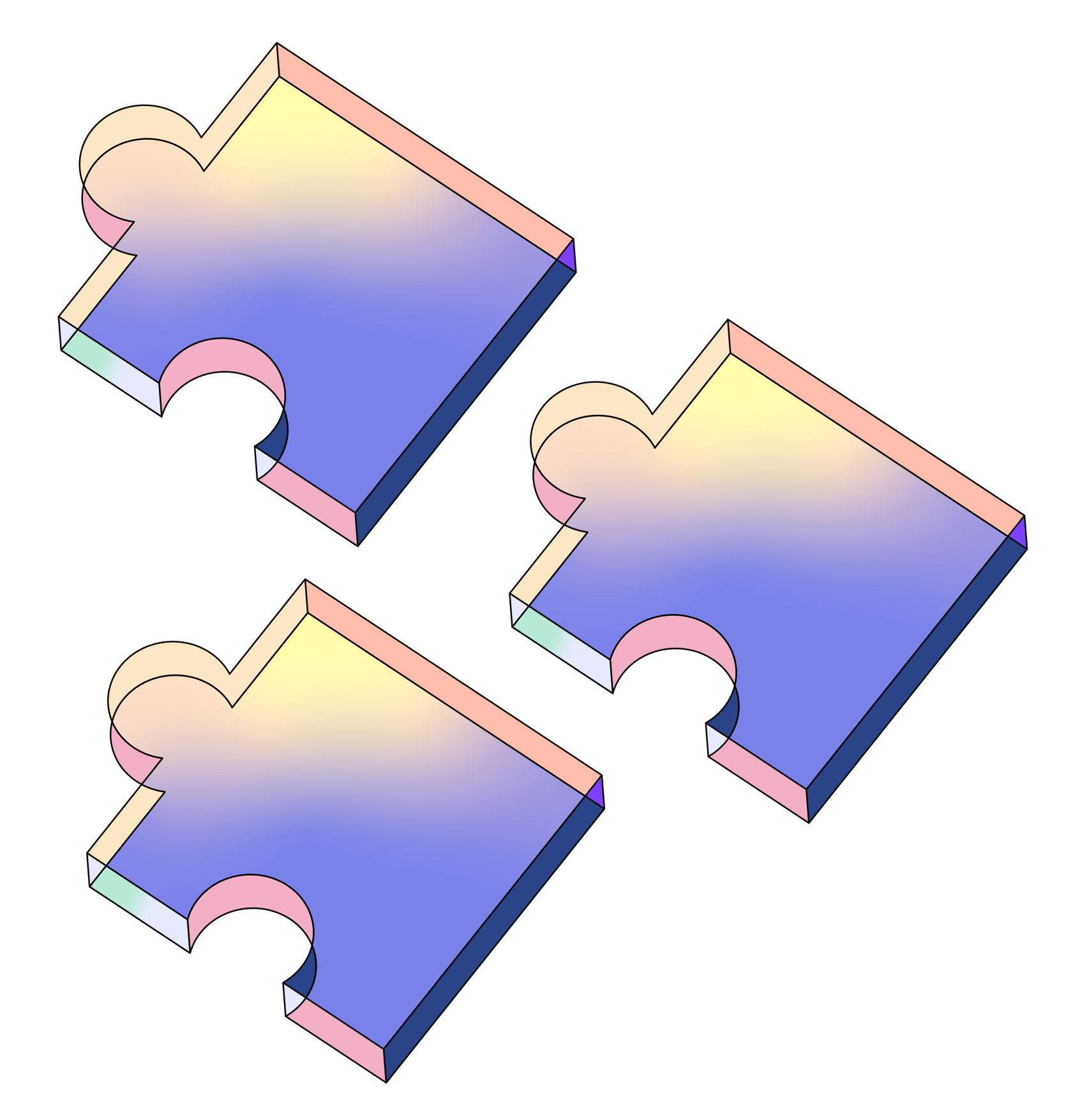DutchCross
Dutch auction mechanism with the ERC-7683 intent-based bridging framework
DutchCross
Created At
Winner of

t1 Protocol - Best use of 𝚝𝟷 1st place
Project Description
DutchCross Protocol is an intent-based cross-chain bridging mechanism that integrates a Dutch auction model with the ERC-7683 intent-based bridging framework to optimize solver selection. By leveraging t1’s Real-Time Proofs (RTP) and Trusted Execution Environments (TEEs), DutchCross significantly improves execution efficiency, reduces bridging costs, and enhances solver capital efficiency.
Problem Statement
Ethereum rollups have massively improved scalability but have also fragmented liquidity and broken composability across different chains. Existing bridging mechanisms rely on centralized relayers or leader-based systems, where solvers must pre-fund transactions, leading to high capital requirements and increased costs for users. These limitations reduce competition, increase settlement times, and negatively impact efficiency.
Solution: Dutch Auction + t1’s RTP for Efficient Bridging
DutchCross replaces centralized order-matching with a Dutch auction mechanism, ensuring fair and efficient solver selection. It also integrates t1’s Real-Time Proofs (RTP) to verify solver execution, removing the need for Optimistic settlement, which often introduces long delays. By leveraging TEEs for instant verification, DutchCross enables:
- Faster settlements: From hours to minutes, reducing solver risk and unlocking capital efficiency.
- Lower capital requirements: Solvers get paid faster, allowing them to operate with 60x less capital.
- Reduced bridging costs: Efficiency gains from reduced capital lock-up translate to lower fees for users.
How It Works
- Alice Deposits Funds on L1: She deposits funds into an escrow contract on the origin chain (Ethereum or a t1 partner rollup).
- Auction is Run on t1: A Dutch auction starts, where solvers bid decreasing prices over time to fulfill Alice’s transaction. The first solver to accept the price wins.
- Solver Fulfills Alice’s Order: The winning solver transfers tokens to Alice on the destination chain (L2 or rollup) and submits proof of settlement.
- Settlement & Payout: The solver calls the settle function on t1, submitting proof that Alice received her funds. The escrow contract releases Alice’s deposit to the solver.
Capital Efficiency Gains
Traditional bridging mechanisms require solvers to hold large amounts of capital across multiple chains, as they are typically paid out every 60 minutes. DutchCross enables minute-level settlements, dramatically reducing the capital requirement:
- If solvers are paid every 60 minutes, they need to hold $800K in inventory across 3 chains.
- If solvers are paid every minute, they only need $13.5K, a 60x improvement in capital efficiency.
Key Benefits
✅ Trustless bridging via t1’s Real-Time Proofs (RTP)
✅ Eliminates centralized relayers & leader-based matching
✅ Reduces solver capital requirements → more participation, lower fees
✅ Instant verification & settlement → faster bridging
By combining Dutch auctions, ERC-7683 intent-based bridging, and t1’s Real-Time Proofs, DutchCross maximizes efficiency, minimizes fees, and revolutionizes cross-chain transactions.
How it's Made
DutchCross Protocol is built by integrating a Dutch auction mechanism with the ERC-7683 intent-based bridging framework while leveraging t1’s Real-Time Proofs (RTP) and Trusted Execution Environments (TEEs) for trustless execution and instant settlement.
Core Technologies Used
-
Smart Contracts (Solidity)
- The core auction logic and settlement process are implemented in Solidity on Sepolia Ethereum & t1 Devnet.
- An escrow contract holds funds on the source chain (L1) until settlement.
- The Dutch auction contract on t1 dynamically adjusts bid prices over time to optimize solver selection.
-
Dutch Auction Mechanism
- Implemented in smart contracts, this auction starts with a high price that decreases over time until a solver accepts it.
- This eliminates the need for centralized order-matching or leader-based execution.
-
ERC-7683 Intent-Based Bridging
- DutchCross integrates ERC-7683, an intent-based framework where users specify their desired outcome rather than selecting a specific bridge.
- This allows solvers to compete to fulfill the intent at the best price and execution speed.
-
t1 Real-Time Proofs (RTP) & TEEs
- This project leverages t1 protocol, which utilizes TEEs to generate Real-Time Proofs (RTP), verifying that solvers have fulfilled their obligations correctly.
- This ensures trustless execution, preventing malicious actors from manipulating the auction or settlement process.
- By integrating TEE-enabled proofs, t1 eliminates the need for Optimistic settlement.
- In other words, t1 reduces settlement time from several hours (required for human dispute verification) to just a few minutes.
- This drastically reduces solver payment time, creating tremendous capital efficiency gains and vastly improving solver profitability.
- The key takeaway: capital requirement and payment time are positively correlated—cutting payment time by half reduces capital requirements by half, leading to lower bridging costs for users.
Innovative Aspects
✅ Eliminating Centralized Relayers – Instead of relying on a single leader or centralized relayer, the Dutch auction model ensures open participation and competition for better execution prices.
✅ Reducing Settlement Time from Hours to Minutes – By leveraging t1’s TEEs and RTP, we bypass Optimistic verification, reducing payment time and improving solver profitability.
✅ 60x Capital Efficiency Improvement – Solvers traditionally need $800K in inventory across multiple chains. With minute-level payments, they now only need $13.5K, dramatically lowering entry barriers.
✅ Dynamic Auction Pricing – Instead of fixed fees, the Dutch auction dynamically adjusts pricing based on network conditions, ensuring fair pricing for users and solvers.
How Partner Technologies Benefit DutchCross
- t1 Protocol: Provides Real-Time Proofs (RTP) for instant settlement and TEEs for secure execution.
- ERC-7683: Standardized intent-based bridging, making solver selection more competitive.
By combining Dutch auctions, ERC-7683, and t1’s Real-Time Proofs, DutchCross revolutionizes cross-chain bridging by making it cheaper, faster, and more efficient while eliminating centralized intermediaries. 🚀

